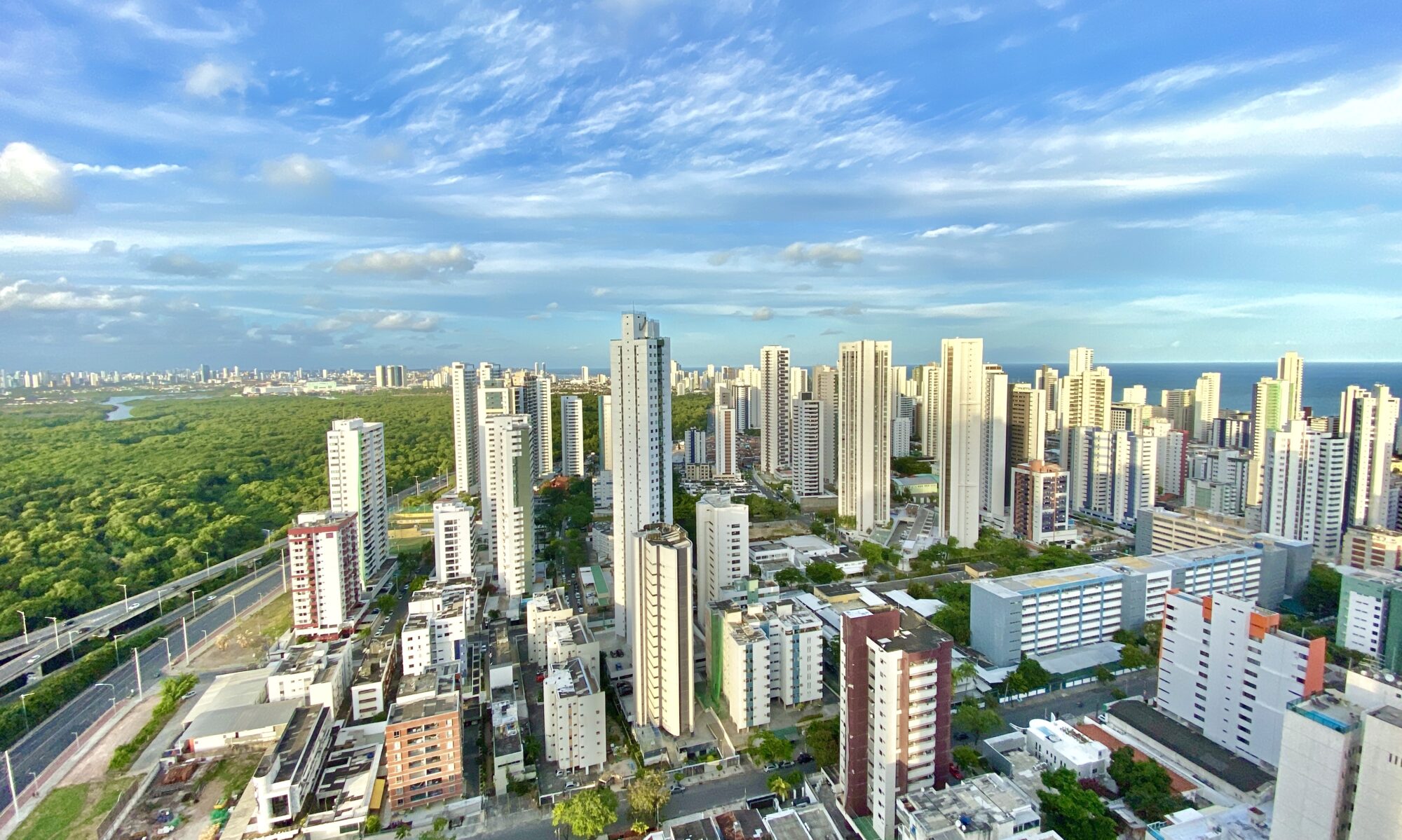- Export Coefficient
- Import Substitution
- Industrial Policy
- Industry
- Protectionism
- Quality
- Science and Technology Infrastructure
Brazilian industrialisation has its summit between the end of the 1970s and beginning of the 80s. Substituting importations and responding to a growing internal demand, and under the support of highly protective industrial policies, the industry has managed to generate over a third of the GDP in 1980 through mineral extraction and industrial manufacturing activities.
From 1981 until 1992-93 there was a long period of stagnation in the industry, as indicates the chart of GDP indexes and industrial production. The international crises triggered by the rising of petroleum prices and the international market interest rates as well as misconductions of internal economic policies in 1980 resulted in profound imbalance in the balance of payments and the raising of inflation. The need to promote an external debt settlement and control inflation became a priority on the economic policy agenda. Long term concerns, particularly industrial development, were put aside for the rest of the 1980`s. Some attempts to define an industrial policy between 1985 and 1988 failed and the new Industrial Policy (of 1988) was only partially implemented. Only some sectoral policies such as the National Computers Policy and investment programs in exporting industries (cellulose, for example) went ahead.
In 1990, following ten years of stagnation, the manufacturing industry had already lost almost five percentual participation points in the GDP. With serious problems of technological discrepancy, surpassed managerial methods and organizational structures, and near generalised inefficiencies in terms of costs, productivity and quality, the industry had to face economic liberalisation. This liberalisation radically changed the economic environment submitting the industry to strong competitive pressures. An ample process of industrial re-structuring happened then, involving mergers and acquisitions, abandonment of productive segments (especially the ones of more advanced technology); increase on the imported input coefficient, rationalisation of the productive process (outsourcing, automation) with job reduction, quality and productivity programs, etc.
Today the industry (mineral extraction and manufacturing) answers for less than one quarter of the GDP. Its structure is strongly concentrated in the “old” heavy industries (steel, metallurgical products, machines, mechanics, electric and communication equipment and vehicles) and chemicals / petrochemicals, food and drink, textiles, clothing and shoes and cellulose / paper industries. As a whole these industries are responsible for more than 80% of the industrial product. There is still a lot to be developed in the industries that represent new technologies, such as electronics, advanced materials and biotechnology, and their application in other industries.
The current Brazilian industry has some virtuous aspects: great expanding potential in the internal market, rising export coefficient, great improvement of productivity levels, significant quality improvement (proved by the great number of companies with an ISO 9000 and other certifications), and greater competitive capacity (that is, less dependency on protection and fomentation). However it faces many problems which cause negative outputs such as: deficient and high cost physical infrastructure; debilitated science and technology infrastructure with almost no interaction with the productive sector; little individual R&D effort by private companies; low qualified work force with precarious institutional support conditions; small economic groups without productive synergies, especially in terms of new technologies, etc.
There is still a lot to be done about these problems, although things are already advancing through privatisation, deregulation, concessions, partnerships between public sector and private companies, mergers, technological alliances, co-operation amongst companies and between these and universities, institutes and research centres. These actions, however, together with the administration of foreign trade policies, financing, incentives and others, need the co-ordination of an industrial policy. The definition of such a policy has been the object of studies and discussions at federal government level. Many industrial policy measures have been undertaken however, both by the federal and state governments and even by municipal administrations. These measures intend to protect temporarily some industries via new increases in customs taxes and import quotas (vehicles, consumer electronics, shoes, fabrics and toys among others), tax reductions on exports, tax incentives and other incentives to sectorial investments (mainly car makers) and regulation of defences against unlawful trading practices. All this must evidently conform to international rules by the World Trade Organisation (WTO).


